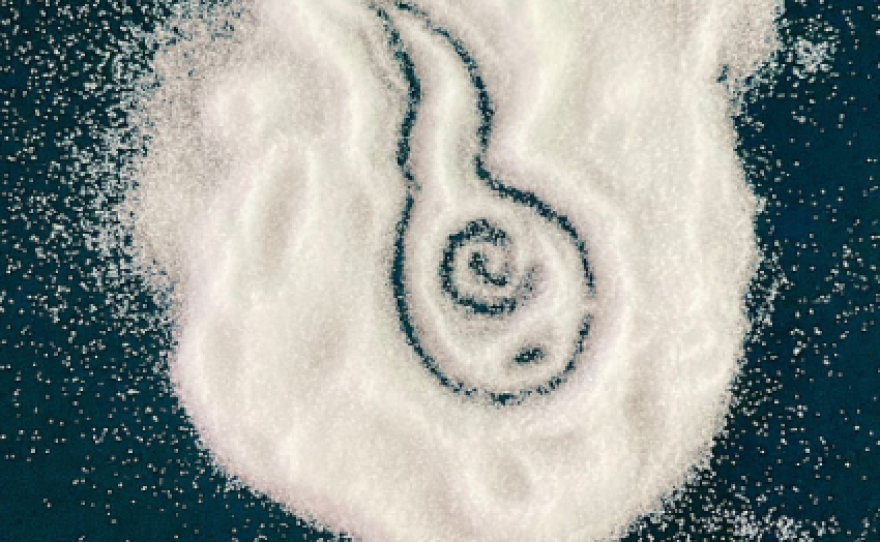Even though frogs are aquatic for part of their lives and born from eggs usually laid in or near water, hatching into free-swimming tadpoles that metamorphose into adults, there’s not a single amphibian species found in the open ocean. In fact, for most species, entering water with only half the salinity of saltwater is fatal. But that doesn’t stop them from getting as close to the ocean as possible.
“Basically, about a third of the species that you find in the US, you can find within just a couple miles of the coast," said Molly Womack, "and you can even find them in ponds that are right up along the coast within a mile.”
Womack is an assistant professor in the department of biology at USU, where she studies amphibian evolution from skin to skeletons to lungs, and most recently salt tolerance.
“We know that frogs and toads, especially ones that are living on the coast, have had to deal with probably storm surge, and getting exposed to salinity for hundreds of millions of years," she said. "Because they've been around for 200 million years."
And in that time, they’ve spread to every continent except for Antarctica and adapted to a plethora of environments. For example, wood frogs can survive north of the Arctic Circle and desert rain frogs and the Sonoran Desert toad do just fine in some extremely arid regions. So it’s clear they can survive some pretty extreme situations, but surely not all of them. In addition to these hardy species, there are others adapted to temperate inland environments with little salinity. However, the continued use of road salt won’t let their ponds stay that way forever.
“In these northern inland populations, you're bringing salt into an area that doesn't have that evolutionary history with saltwater exposure. Then on the coastal end, you have populations that have been exposed to saltwater maybe in the past, and yet the kind of intensity of that storm surge has been increasing,” said Womack.

So as the world gets warmer, for many frogs, it’s also going to get saltier. What exactly this means for amphibians remains to be seen. Which is exactly why Womack and her team want to know more.






